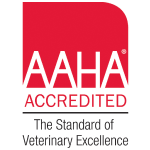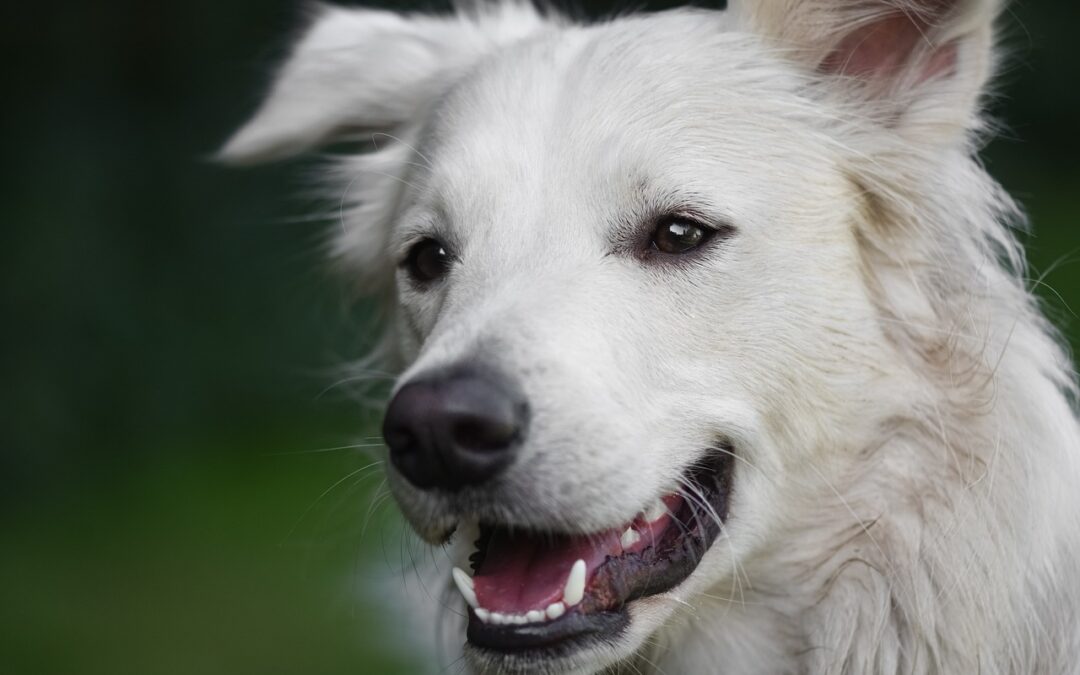Pearly Whites
Our pearly whites. They’re impressive, beautiful, and imply good health. We show them to the world when we share laughter and love with those around us. They’re a very good thing.
Our pet’s pearly whites? Well…hopefully they’re both pearly and white! Your fur baby’s teeth are as important to their good health as yours are to your good health. Since February is National Pet Dental Health Month, it’s a great time to focus on your pet’s oral care and dental wellness.
Is Pet Dental Care Really That Important?
In short, yes. Pet dental care is an aspect of caring for a pet that many pet owners either overlook or simply aren’t aware of. About 80% of dogs and 70% of cats are affected by oral health problems by the time they’re three. Pets can develop many of the same dental and oral conditions as humans, such as:
- Periodontal disease
- Broken teeth
- Cysts or tumors in the mouth
- Abscessed or infected teeth
- Extra teeth or baby teeth that don’t fall out
These conditions can lead to worsening health problems, and are, occasionally, indicative of existing health conditions. Periodontal disease can lead to or indicate problems with your pet’s kidneys, liver, and heart.
Symptoms Of Pet Dental Problems
Dog breath – ugh. We know it when we encounter it. It may leave us wondering just what our pet has been up to when we’re not around. Bad breath is a sign that your pet may need dental care. Other signs of pet dental problems include:
- Obvious tartar build-up
- Broken teeth
- Loose teeth
- Bleeding gums or bleeding in the mouth
- Changes in the way your pet chews
- Drooling
- Pain
- Reduced appetite or interest in eating
Daily Pet Dental Care
Brushing your pet’s teeth daily, or at least several times a week, is as important as brushing your own teeth twice a day. Dogs are usually more cooperative than cats when it comes to allowing their people to brush their teeth, but both species may need a little coaxing. It’s important to work with them to increase their comfort level with oral care, and there are several things to think about when providing it:
- Make sure you have either a cat or dog toothbrush
- Use only pet-safe toothpaste
- Have short brushing sessions initially and gradually increase the length of time you’re brushing
- Use rewards like a small treat or extra playtime to induce your pet to let you brush their teeth
Your pet’s dental health is something you should focus on all year around, not just during February.
Your Veterinarian Can Help
During your pet’s annual check-up, their veterinarian will likely examine their teeth and mouth, too. They may suggest a cleaning or other procedures that will benefit your pet’s dental and overall physical health. In-depth dental care, including cleanings, will be done while your pet is under anesthesia.
South Hyland Pet Hospital
South Hyland Pet Hospital in Minneapolis, MN provides pet dental cleaning and more advanced pet dental care services. We’re a certified fear-free facility and our veterinary staff is committed to providing the best care possible for your pet. Contact us today if we can help your pet keep their pearly whites pearly or for any other help they need.
Image credit: Pixabay



